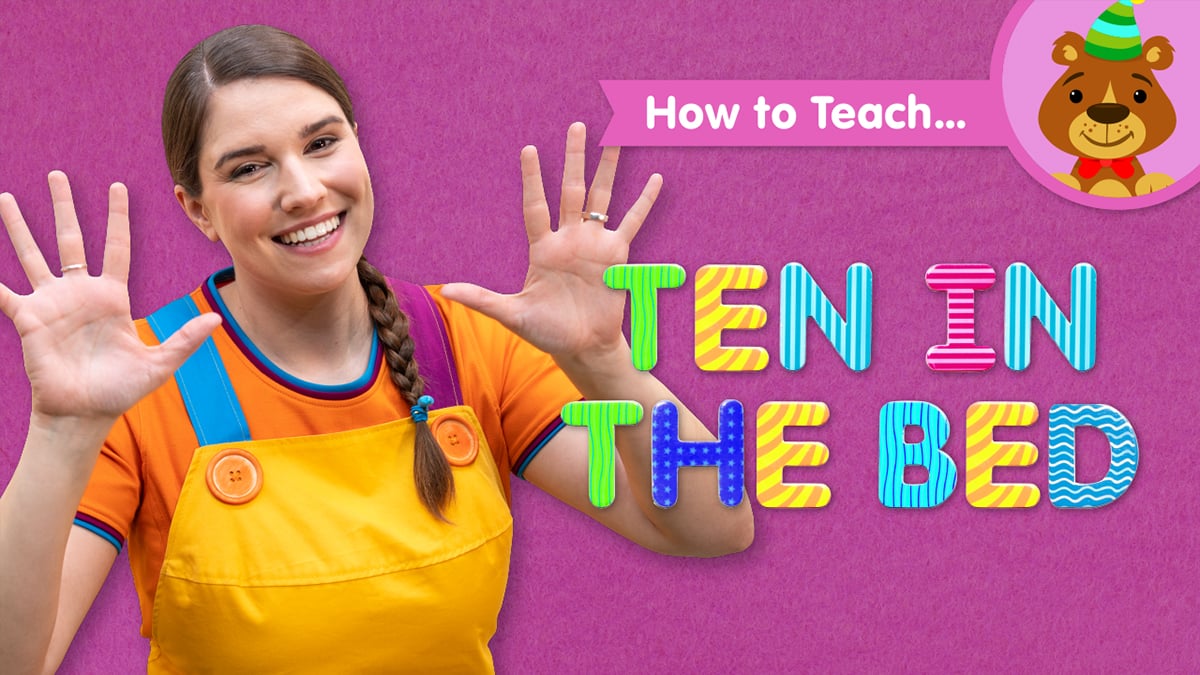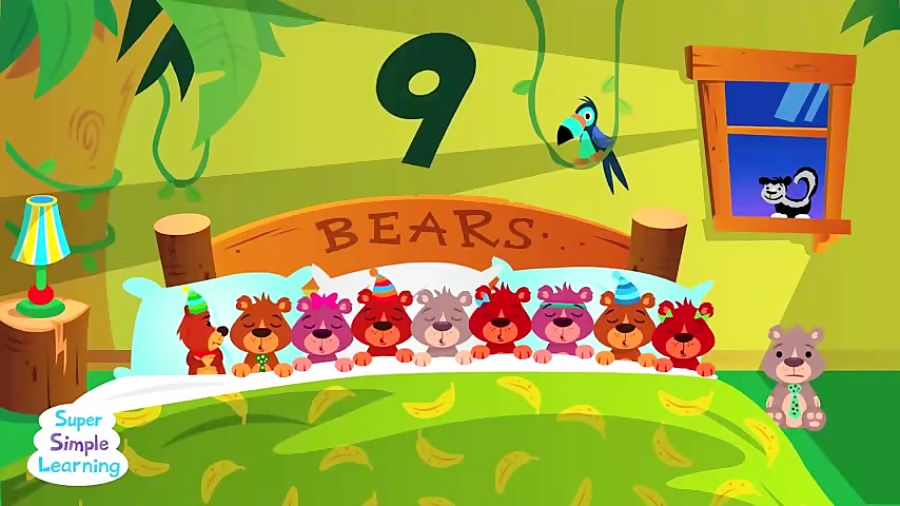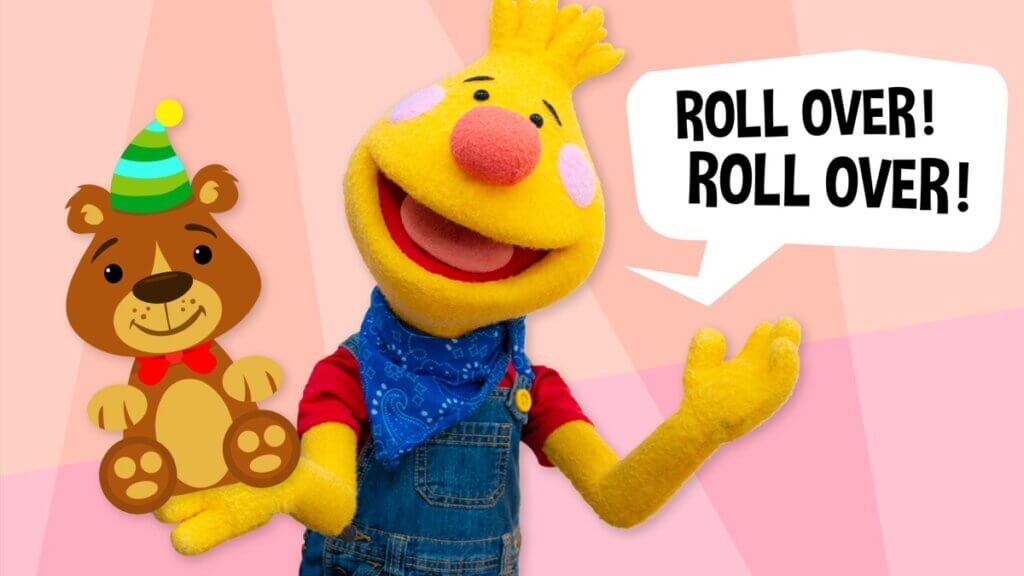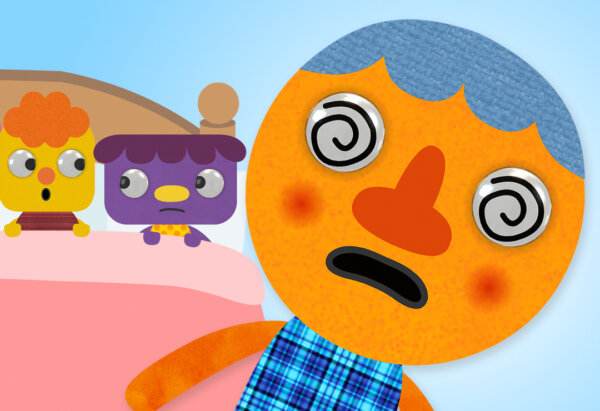Ten In The Bed Super Simple Songs

In an era dominated by fleeting viral trends and ephemeral content, one children's song has quietly achieved a level of cultural saturation rarely seen in the digital age. "Ten in the Bed," a seemingly simple nursery rhyme, has become a global phenomenon, captivating young audiences and prompting both admiration and scrutiny from educators and child development experts alike. Its impact raises pertinent questions about the role of digital media in early childhood education and the unintended consequences of hyper-popularized content.
At the heart of this phenomenon lies Super Simple Songs, a YouTube channel and educational platform specializing in creating engaging and accessible content for young learners. The channel's rendition of "Ten in the Bed," with its repetitive lyrics, catchy melody, and vibrant animation, has amassed billions of views, making it one of the most-watched children's videos of all time. This article delves into the reasons behind its unparalleled success, exploring the pedagogical approaches employed by Super Simple Songs, the potential benefits and drawbacks of such widespread exposure, and the broader implications for the future of children's media.
The Rise of Super Simple Songs
Super Simple Songs was founded in 2005 by Devon Thagard and Troy McDonald, two educators who sought to create engaging and effective learning tools for young children. Recognizing the power of music and animation, they began producing simple, repetitive songs accompanied by colorful visuals. Their approach was rooted in the principles of early childhood education, emphasizing repetition, simplicity, and active participation.
The channel's breakthrough came with "Twinkle Twinkle Little Star," followed by a string of other popular nursery rhymes, including "Baby Shark" (though not originally a Super Simple Songs creation, their version gained significant traction) and, of course, "Ten in the Bed." The success of these videos can be attributed to several factors, including their accessibility, affordability (free on YouTube), and the inherent appeal of music and animation to young children.
Deconstructing "Ten in the Bed": Pedagogy and Appeal
"Ten in the Bed," in its Super Simple Songs iteration, is more than just a catchy tune. It's a carefully crafted learning tool. The repetitive lyrics help children develop phonological awareness and vocabulary. The counting element reinforces basic numeracy skills.
Moreover, the song's interactive nature, encouraging children to sing along and act out the motions, promotes active learning and engagement. As Dr. Anya Sharma, a developmental psychologist specializing in early childhood education, notes, "The key to effective learning for young children is engagement. 'Ten in the Bed' does this exceptionally well through its combination of music, visuals, and interactive elements."
The animation style of Super Simple Songs also plays a crucial role in its appeal. The characters are simple, friendly, and expressive, making them relatable and engaging for young viewers. The bright colors and playful movements further enhance the visual appeal, capturing children's attention and holding their interest.
The Double-Edged Sword: Benefits and Concerns
While the popularity of "Ten in the Bed" and Super Simple Songs more broadly has undeniable benefits, it also raises concerns about potential drawbacks. On the one hand, the songs provide accessible and engaging educational content for children around the world. They can supplement traditional classroom learning, reinforce basic concepts, and introduce children to new vocabulary and skills.
Furthermore, the songs can be a valuable resource for parents and caregivers, providing a source of entertainment and educational activities for young children. Many parents report that Super Simple Songs have helped them teach their children basic concepts and skills, as well as providing a much-needed break during busy days.
However, excessive screen time is a major concern for many child development experts. The American Academy of Pediatrics recommends limiting screen time for children aged 2-5 to one hour per day of high-quality programming. The ubiquity of "Ten in the Bed" and other similar videos can easily lead to children exceeding these recommendations, potentially impacting their physical and cognitive development. The Kaiser Family Foundation report notes that heavy media use in early childhood may be associated with attention problems, language delays, and social-emotional difficulties.
Another concern is the potential for over-reliance on passive learning. While Super Simple Songs encourages some level of interaction, it primarily involves watching and listening, rather than actively engaging in hands-on activities. Experts emphasize the importance of balancing screen time with other forms of learning, such as playing, exploring, and interacting with others.
The Future of Children's Media
The success of "Ten in the Bed" and Super Simple Songs highlights the growing influence of digital media on early childhood education. As technology continues to evolve, it is crucial to develop strategies for harnessing its potential while mitigating its risks. This includes creating high-quality educational content, promoting responsible media consumption habits, and encouraging a balanced approach to learning that incorporates both digital and traditional methods.
Moreover, educators and parents need to be critical consumers of children's media, evaluating content based on its educational value, age appropriateness, and potential impact on child development. As Super Simple Songs continues to evolve and new platforms emerge, the conversation surrounding children's media must remain open and ongoing, ensuring that the needs and well-being of young learners are always at the forefront.
Ultimately, the story of "Ten in the Bed" is a testament to the power of simple, engaging content to capture the hearts and minds of children around the world. However, it also serves as a reminder of the responsibility that comes with creating and distributing media for young audiences, urging us to prioritize their well-being and ensure that technology serves as a tool for learning and growth, rather than a source of potential harm.


















